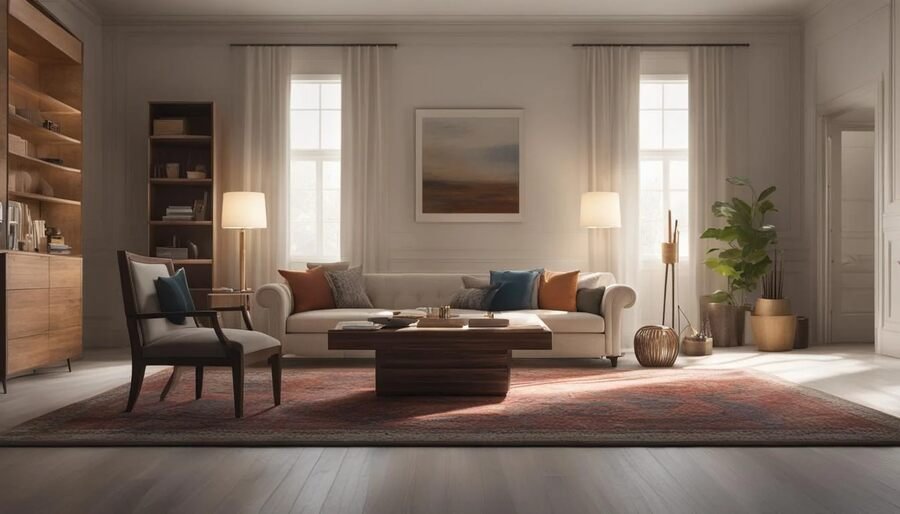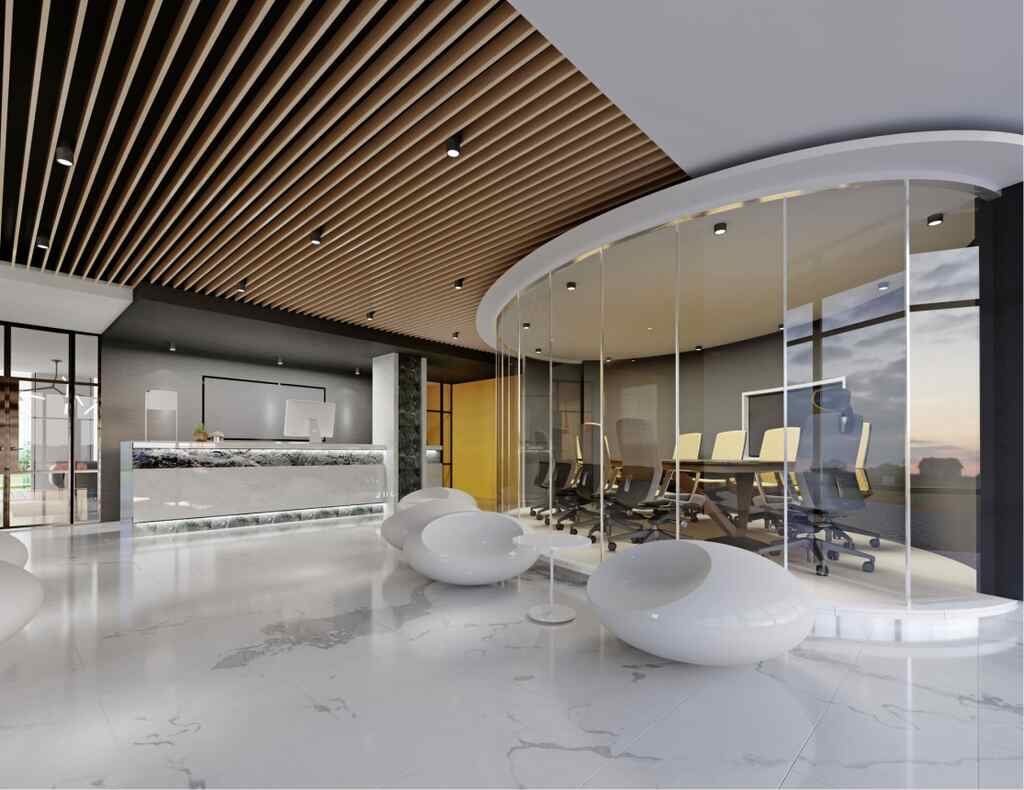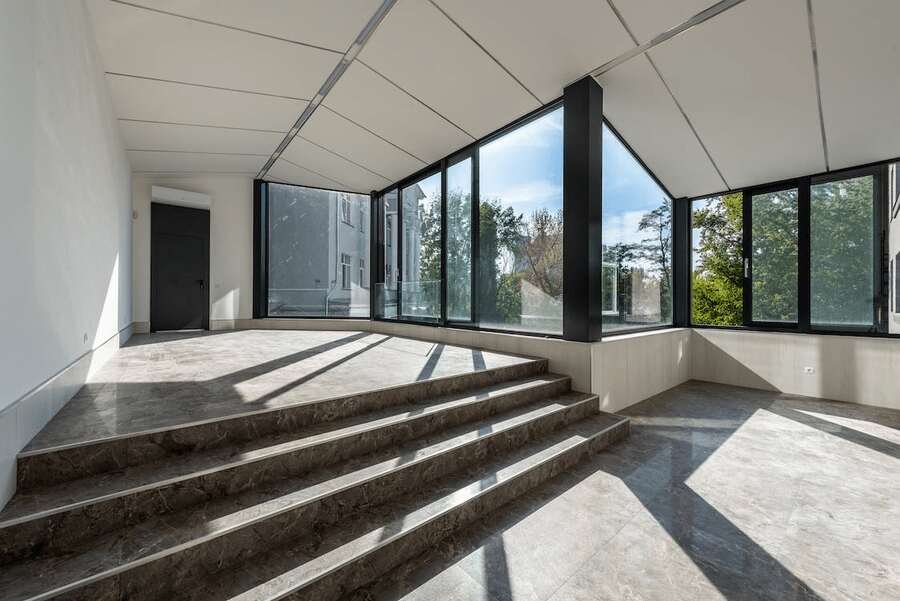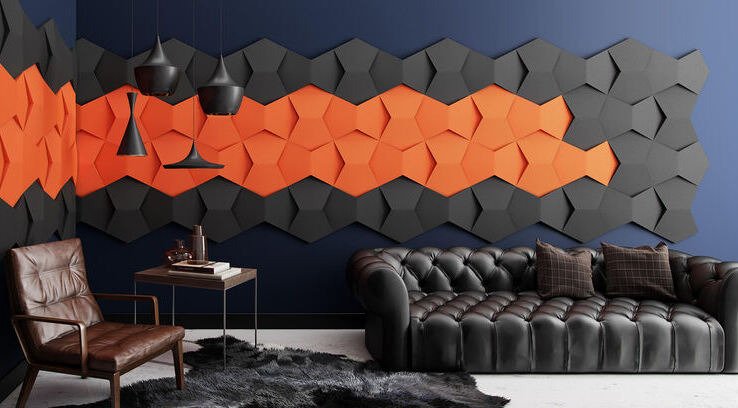Interior design is an art and science that involves creating a beautiful and functional living or working space. It is a process that requires careful planning, attention to detail, and creativity.
From concept to completion, the interior design process may seem overwhelming, but with the right guidance, it can be a seamless experience.
In this article, we will take you through the interior design process. We will discuss the importance of full-service interior design firms and the benefits of commercial interior design services.
By following this guide, you will gain a better understanding of the interior design process and how to achieve a beautiful and functional space that reflects your style.
Whether you are designing a home or business space, understanding the interior design process is crucial. Let’s begin by discussing what full-service interior design firms are and why they are essential for achieving a successful project outcome.
Finding Inspiration for Your Interior Design Project
Interior design is an art form that allows you to express your creativity through your environment. However, before you start, you need to find inspiration for your project.
Inspiration can come from anywhere, and in this section, we will explore different sources of design inspiration that you can tap into.
Look for Interior Design Ideas Online
One of the easiest ways to find inspiration for your interior design project is to search for interior design ideas online. Many websites, blogs, and social media accounts offer a plethora of design ideas and inspiration.
You can start by browsing through interior design websites like Houzz, Pinterest, and Apartment Therapy.
Look for unique design concepts, color schemes, and furniture arrangements that catch your eye. Save images that inspire you in a digital folder so you can refer back to them easily.
Visit Home Decor and Furnishing Stores
Another way to find inspiration is to visit home decor and furnishing stores.
You can browse through their displays, and take note of the different furniture, decorative items, and accessories to help you visualize how you can recreate a similar look or theme for your space.
Get Inspired by Nature
Nature is a great source of inspiration for interior design. Take note of the colors and textures found in nature. For example, you can use the blue and green colors of the sea as a color scheme for a beach-themed room.
You can also use natural textures like wood, stone, or bamboo as accents for a Zen-inspired space.
Discover Your Style
Ultimately, you want your interior design project to reflect your style. Take time to think about your tastes, preferences, and interests.
Ask yourself questions like, what colors do I like? What do I want to showcase in my space, my art collection, favorite books, or family heirlooms? Incorporating your personality and style into your design brings a unique and personal touch to your space.
By exploring different sources of inspiration and discovering your style, you’ll have a clear vision of how you want your space to look and feel. This insight becomes a foundation for the rest of your design process.
Space Planning and Room Layout
After finding inspiration for your interior design project, the next step is space planning and room layout.
Effective space planning and furniture arrangement are fundamental to creating a functional and visually appealing space.
Key Considerations for Space Planning
Before you start rearranging your furniture, it’s essential to consider the layout of your space to determine the most effective use of your room. Some of the essential factors to consider when planning your space include:
- The purpose of the room – this will determine the type and size of furniture required.
- Proximity to natural light – this will impact which areas of your room are best suited for seating and working.
- The flow of foot traffic – it’s important to ensure that there is enough space to move around the room comfortably.
- Size and shape of the room – this will affect the placement of furniture and the overall room layout.
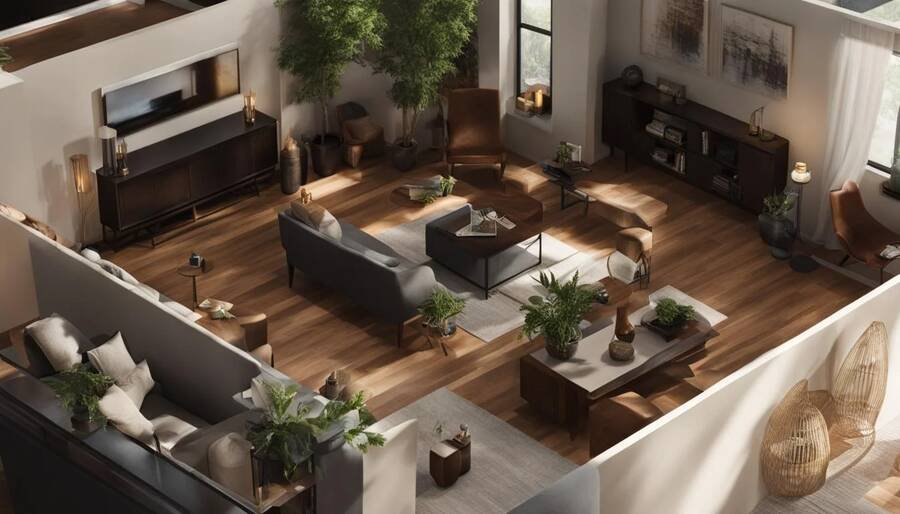
Furniture Arrangement Techniques
Once you’ve planned your space, it’s time to arrange your furniture. Some effective furniture arrangement techniques include:
- Create a focal point – arrange your furniture around a central point of interest, such as a fireplace or artwork.
- Consider scale and proportion – choose furniture pieces that are appropriate in size and scale for the room.
- Utilize negative space – allow enough space between furniture pieces to create an open and inviting atmosphere.
- Experiment with different formations – feel free to try out various furniture arrangements to find one that works best in your space.
Room Layout Techniques
Optimizing your room layout can make a significant difference in the functionality and aesthetics of your space. Some effective room layout techniques include:
- Divide your room into zones – create distinct areas for different functions, such as seating and workspaces.
- Use rugs to define areas – a rug can help to visually define a specific area of your room.
- Emphasize vertical space – utilize wall shelving and art to draw the eye upwards and create the impression of a more significant space.
By taking the time to plan your space and carefully consider furniture arrangement and room layout, you can create a functional and beautiful interior design scheme that perfectly suits your needs and style.
Creating a Cohesive Color Scheme
The world of interior design is all about colors, and getting the right color scheme can transform a room.
Color sets the tone and mood of a space, evoking various emotions and feelings that can affect how people experience a room. Therefore, having a cohesive and harmonious color scheme is crucial for a successful interior design project.
The Importance of Color in Interior Design
The right color scheme can make a space feel warm and inviting, or cool and refreshing. Color is one of the essential elements of any design, influencing the overall aesthetic and creating a visual and emotional impact on people who enter the room.
The use of colors can change the way people perceive the size and shape of a room, create a focal point, or even direct the flow of traffic.
In terms of interior design, color is not just limited to painting the walls. It’s also about the furniture, fabrics, and décor.
Even placing a brightly-colored cushion or vase in a neutral room can create an instant focal point and add personality to the space.
The Final Touches: Accessories and Finishing Details
Accessories and finishing touches are the final pieces in the puzzle that complete your interior design project. They are like the cherry on top of a sundae, adding the finishing touches that take your aesthetic to the next level.
Artwork, lighting, textiles, and other decorative elements can make a huge difference in bringing your vision to life.
When it comes to incorporating accessories in your design, less is often more. It’s easy to go overboard, but a cluttered space can quickly overwhelm the senses and detract from the beauty of your decor.
Stick to a few carefully chosen pieces that complement your overall aesthetic.
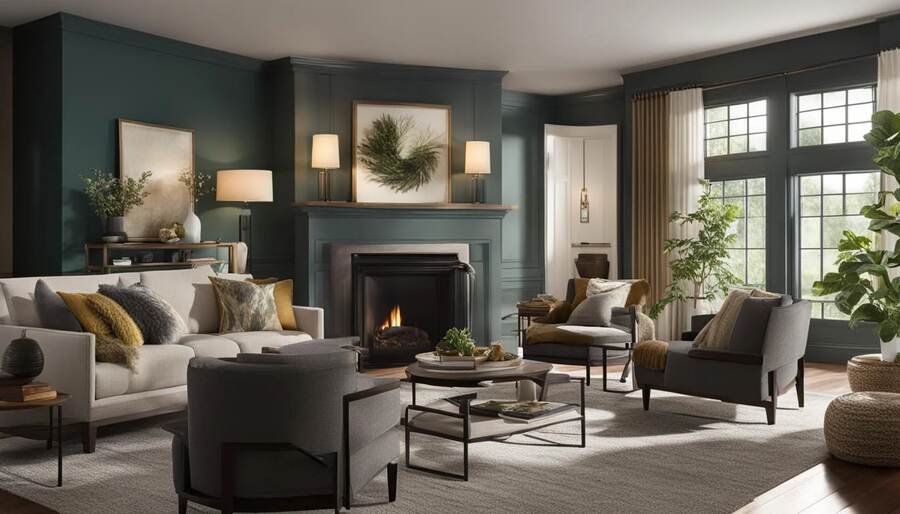
The Significance of Artwork
Artwork is one of the most important finishing touches you can include in your interior design project. It adds visual interest, texture, and personality to your space.
Whether you choose a bold statement piece or a collection of smaller works, artwork can tie together the colors, patterns, and themes in your design.
Consider the style of your space when selecting artwork. Abstract pieces work well in modern or eclectic spaces, while landscapes or nature-themed art can feel at home in more traditional or rustic designs.
The Right Lighting
Lighting is another essential component of any interior design project. It not only illuminates the space but also sets the mood and ambiance.
Consider layering different types of lighting, such as overhead lights, table lamps, and floor lamps, to create a warm and inviting atmosphere.
When choosing lighting fixtures, consider the scale, color, and style of your room. Pendant lights work well in high-ceilinged rooms, while sconces can add warmth and depth to smaller spaces.
Textiles and Soft Furnishings
Textiles, such as throw pillows, blankets, and curtains, add texture and depth to your space. They are an easy and affordable way to introduce different colors and patterns.
When choosing textiles, consider the color scheme and style of your room. Look for fabrics that complement the other elements in the space while adding visual interest.
Soft furnishings, such as area rugs and upholstered furniture, also play a significant role in tying together your interior design project.
Consider the style, material, and scale of your furniture when selecting soft furnishings, ensuring they complement each other and the rest of your space.
Conclusion
To achieve your desired outcome in your living or working space, it is essential to understand the interior design process. Taking inspiration from diverse sources will help you discover your style and create a unique space.
Employing a full-service interior design firm for commercial interior design services can provide a range of benefits.
Space planning techniques will help you maximize your square footage and create a functional layout. Selecting a cohesive color scheme will bring your room design together and create a harmonious ambiance.
The right furniture and decor pieces will complement your overall design and add character to your space.
Accessories and finishing details bring an interior design project to life by adding texture and personality to your space. Artwork, lighting, and textiles are accessories that can enhance the overall look of your interiors.
By following the steps outlined in this article, you can transform your living or working environment into a beautiful and functional space that reflects your personal style.
Consult with an interior design expert today to discover how you can elevate the aesthetics and functionality of your space.

